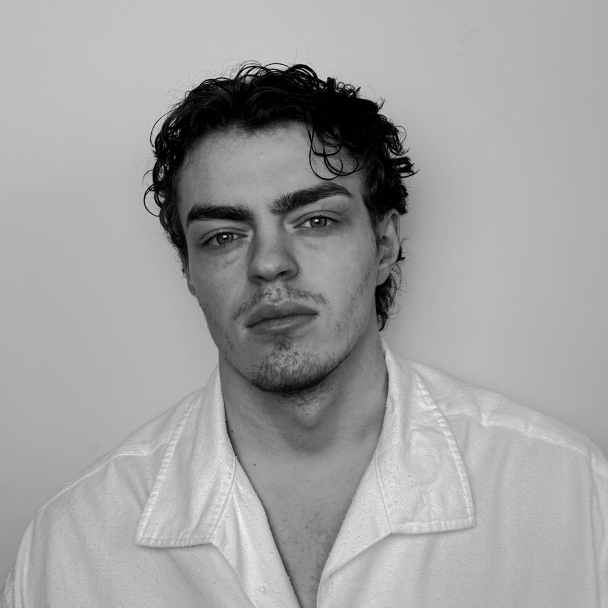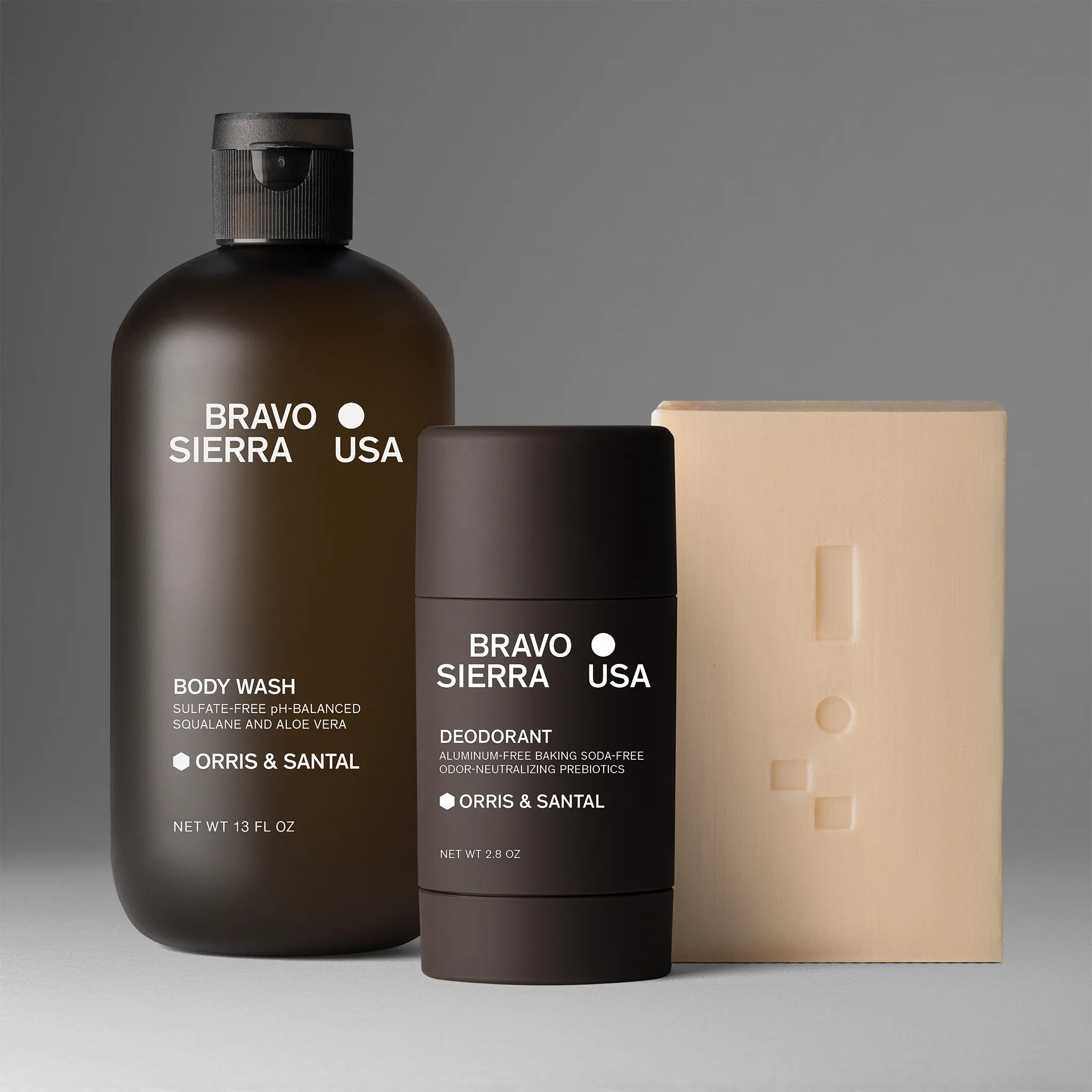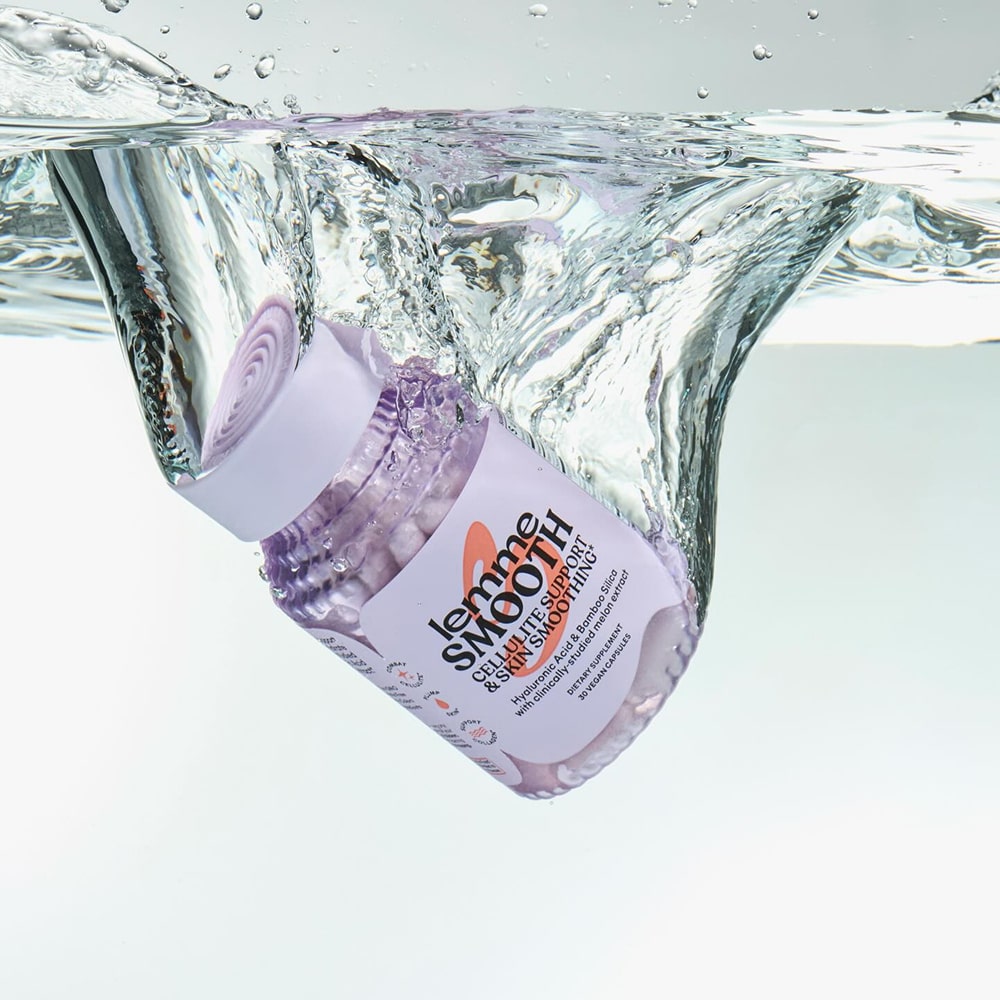In 2025, the digital marketplace is more crowded than ever — basic product shots just don’t cut it anymore.
To truly shine, brands need a creative approach to product photography. This article presents seven fresh ideas that transform images into powerful conversion tools, leveraging the latest trends and expert tips.
Ready to boost engagement and sales? Dive in to discover actionable concepts that will inspire your next campaign and help your brand stand out from the competition.
The Importance of Creative Product Photography in 2025
The Evolving Role of Product Photography
In 2025, creative approaches to product photography are essential for brands aiming to thrive online. As e-commerce and digital platforms like Instagram, Pinterest, and TikTok dominate, the quality and originality of product visuals have a direct influence on consumer decisions.
Brands leveraging innovative imagery consistently see better results. In fact, high-quality, creative images can boost conversion rates by up to 30%. As detailed in this article, compelling visuals help buyers better imagine products in their lives, leading to more sales.
The demand for product photography creative strategies is only increasing as visual-first platforms evolve.
Consumer Expectations and Visual Trends
Today’s consumers crave authenticity and storytelling in every product shot. They want to see real people, genuine moments, and visuals that spark emotion.
Product photography creative techniques now often feature immersive scenes and interactive elements, reflecting the rise of narrative-driven content. Direct-to-consumer brands are leading this trend, using lifestyle photography that feels relatable and fresh.
As expectations rise, brands must deliver visuals that stand out while staying true to their identity.
Competitive Advantage for Brands
Standing out in a saturated market is tough, but product photography creative styles give brands a real edge. Unique, memorable images help brands capture attention and foster loyalty.
Consider brands that refreshed their visuals with bold compositions or playful props — they often report increased engagement and repeat visits. Creative product photography is more than aesthetics; it’s a strategic tool for differentiation.
The Psychology Behind Visual Impact
First impressions happen in milliseconds, and visuals play a powerful role. Since 90% of information sent to our brains is visual, product photography and creative choices shape how consumers perceive and trust brands.
Vivid colors, dynamic layouts, and storytelling elements all work together to persuade and convert. The science is clear: creative visuals aren’t just nice to have — they’re essential.
Challenges and Opportunities for 2025
Balancing creativity with clarity is a major challenge. Brands must ensure their photography ideas don’t overshadow the product itself or stray from brand guidelines.
Yet, 2025 brings new opportunities. Experimentation with formats, styles, and storytelling can help brands connect with evolving audiences. Those who embrace change are positioned to lead.
The Role of Technology and AI
Technology is transforming product photography workflows. AI-powered tools streamline editing, background removal, and image enhancement, saving time and boosting consistency.
Emerging trends, such as AR, VR, and 3D product visualization, are unlocking immersive experiences that go beyond static images. In 2025, brands that leverage these advancements will set themselves apart with truly innovative product photography strategies.
7 Product Photography Creative Ideas to Try in 2025
Ready to elevate your brand’s visuals? The world of product photography is evolving fast — 2025 is set to be a year of bold experimentation, immersive storytelling, and jaw-dropping effects. Whether you’re refreshing your e-commerce site or amping up your social feeds, these seven ideas will help your products shine, spark engagement, and drive conversions. Let’s dive into what’s trending, what works, and how you can make each concept your own.
1. Floating & Levitation Effects
Imagine your product, weightless — hovering mid-air, defying gravity, and instantly capturing attention. Floating product photography is a top trend for 2025, making everything from supplements to tech gadgets look dynamic.
How does it work? Photographers use fishing line, acrylic rods, or clever digital editing to suspend products and props. The result: a sense of magic, motion, and intrigue that’s perfect for brands wanting to stand out on social media and in ad campaigns.
For example, Lemme’s supplement shots feature swirling ingredients and floating pills, creating an energetic, science-meets-wellness vibe.
Tips for mastering floating product photography style:
- Use an even, diffused lighting setup to eliminate harsh shadows.
- Choose dynamic props that enhance the illusion of motion.
- Master post-production to erase supports and polish edges.
But beware: this technique requires patience and precision. Supports must be hidden, and shadows should look natural. Still, the payoff is huge — your products will look modern, high-energy, and ready for the future.
The floating product photography effect is ideal for brands with a tech-forward, innovative identity. If you want your product photography to literally rise above the rest, this is the trick to try in 2025.
2. Hand-in-Shot Storytelling
Nothing brings a product to life like the human touch. The hand-in-shot approach is a product photography creative staple, but in 2025, it’s getting even more intentional and narrative-driven.
Why does it work? Including hands interacting with your product — holding, pouring, applying — instantly adds relatability, scale, and context. It’s like inviting your customer into the experience, showing them exactly how the product fits into their life.
Neighbourhood Botanicals nails this with shots of well-groomed hands holding skincare products, emphasizing both the product’s use and its luxurious texture.
How to perfect this product photography creative idea:
- Focus on clean, manicured hands that match your brand’s vibe.
- Use natural lighting for authenticity.
- Capture close-ups and varied angles to create intimacy.
This style is especially powerful for beauty, skincare, food, and lifestyle brands. It helps consumers visualize usability and builds trust by making your products feel accessible.
Just remember: keep backgrounds simple and actions authentic. The hand should support the story, not distract from it. In 2025, expect to see even more creative, narrative-driven hand-in-shot photography that blurs the line between product and lifestyle.
3. Everyday Activities & Lifestyle Integration
Want your audience to not just see your product, but imagine living with it? Lifestyle integration is a product photography technique that’s all about context. It places your product in real-life scenarios, making it feel like a natural part of the customer’s world.
UN:IK Clothing, for example, showcases sportswear during a padel game, capturing candid moments and genuine energy. This approach builds authenticity, relatability, and emotional resonance, key to winning over today’s shoppers.
Best practices for this product photography creative trend:
- Use diverse models and real environments.
- Highlight versatility by showing products in multiple situations.
- Capture dynamic poses and movement for a sense of action.
Lifestyle shots bridge the gap between product features and aspirational living.
The challenge? Avoid images that feel overly staged or inauthentic. Plan your scenes carefully, but leave room for spontaneity. When done right, lifestyle integration turns ordinary products into must-have essentials by telling a story people want to be part of.
4. Still Life with Strategic Props
Still life photography setups are a classic approach — but in 2025, they’re getting a strategic upgrade. The focus? Using thoughtfully chosen props to elevate, not overshadow, your product.
Consider Calla’s shoes, photographed with minimal, color-coordinated props that highlight elegance without clutter. The goal is to create a visually engaging composition that draws the eye to your product while reinforcing your brand’s identity.

Tips for next-level still life product photography:
- Select props that complement your product in color, theme, and style.
- Play with negative space and texture for added depth.
- Use artificial lighting to create drama or softness, depending on your campaign.
Still life photography setups can be minimalist or elaborate, depending on your needs. Data shows that well-executed still life images with complementary props see higher engagement on Pinterest and lifestyle blogs.
The toughest part? Avoiding clutter and ensuring your product remains the star. This approach works especially well for fashion, jewelry, home goods, and artisanal brands. If you want your product photography to feel like art, still life with strategic props is the way to go.
5. Content Pour-Out & Texture Focus
Texture sells — especially in product photography for tactile products. Content pour-out and texture focus is all about highlighting what’s inside: the luscious cream, the bubbling beverage, the crunchy granola.
Macro shots of skincare scrubs, for example, show off visible exfoliating particles. Beer brands capture overflowing froth for a sense of freshness and indulgence.
How to achieve standout texture in your product photography creative:
- Use macro lenses for close-up detail.
- Control lighting to emphasize surface qualities.
- Capture movement—drips, spills, spreads—for dynamism.
This approach is perfect for beauty, food, beverage, and wellness brands. It’s about making viewers feel the product before they even try it.
Of course, there are challenges: setups can get messy, and you’ll need to maintain a clean, appealing look. But when done right, content pour-out and texture focus transform simple shots into irresistible invitations.
6. Creative Use of Color & Lighting
Creative use of color and lighting is a major product photography trend for 2025. Think bold color blocking, vibrant backgrounds, and colored gels that turn ordinary shots into visual feasts.
Try shooting a yellow-gold product against a royal purple backdrop for maximum contrast. Experiment with colored shadows, bokeh effects, or backlit scenes to match your brand’s personality or seasonal campaigns.
Key strategies for color-forward product photography:
- Align color schemes with your brand identity.
- Use lighting to create drama, softness, or modern effects.
- Incorporate color psychology to influence mood and perception.
The challenge is balancing boldness with clarity — avoid clashing colors or backgrounds that overpower your product.
This trend is ideal for brands looking to make a statement, from beauty and tech to fashion and home goods. In 2025, don’t be afraid to let color and light take center stage in your product photography creative.
7. Flat Lays & Overhead Compositions
Flat lay photography is always in style, but in 2025, it’s becoming more dynamic and curated than ever. This product photography creative technique involves arranging products and props neatly on a flat surface, then shooting from above for a clean, organized look.
Flat lays are perfect for highlighting collections, themes, or entire routines in a single frame. Beauty brands use them to showcase multi-step regimens, while fashion brands display complete outfit combinations.
Flat lay product photography creative tips:
- Use grid or radial symmetry for balance.
- Maintain consistent spacing and color palettes.
- Incorporate props that add context without cluttering the scene.
Data shows flat lays are among the most saved and shared formats on Instagram and Pinterest. For professional results or inspiration, check out flat lay product photography services.
Flat lays require attention to detail — everything from lighting to arrangement matters. But when executed well, they’re versatile and impactful, making them a go-to for beauty, fashion, stationery, and home decor brands aiming for a polished, on-trend look in their product photography.
How to Prepare for a Creative Product Photoshoot
Planning a successful product photography shoot starts long before you pick up the camera. Preparation is the secret sauce that transforms ideas into visually compelling results. Let’s break down each step to ensure your next campaign is both innovative and efficient.
Planning and Concept Development
Begin by defining your campaign’s core goals and the audience you want to reach. What message or mood should your product photography convey? Research competitors and trending styles to spark unique ideas.
A clear vision sets the stage for every other decision. If you need extra guidance, check out this How to plan a photo shoot for your clothing brand for actionable steps that apply to any industry.
Building a Mood Board and Shot List
A mood board is your visual roadmap. Use platforms like Pinterest to collect inspiration — think colors, props, and lighting styles that capture your product photography creative vision.
Next, draft a detailed shot list. List every angle, setup, and prop you’ll need. This keeps your shoot organized and ensures you don’t miss any must-have shots.
Sourcing Props, Backgrounds, and Equipment
Select props that enhance your product without stealing the spotlight. Choose backgrounds — paper, fabric, or acrylic — that match your aesthetic.
Plan your lighting: Will you go for soft natural light or dramatic studio flashes? The right equipment and environment can make or break your creative vision.
Assembling the Right Team
Decide if you’ll go DIY or hire professionals. A stylist, model, or expert photographer can elevate your product photography creatively, but many brands succeed with a lean team and strong direction.
Assign clear roles and communicate your vision, so everyone works toward the same creative goal.
Scheduling and Logistics
Map out your shoot day in detail. Schedule setup, product prep, and each shot. Have backups ready — extra batteries, props, or even a backup camera.
Choose your location wisely. Whether it’s a studio or on-location, ensure it fits your concept and allows for flexibility if changes arise.
Post-Production Planning
Don’t forget what happens after the shoot. Plan for retouching, color correction, or compositing to polish your product photography.
Allocate time for revisions and client approvals. For deeper insights, explore this guide to product photo retouching.
Maximizing the Impact of Your Product Photography in 2025
Want your product photography creative to truly make waves in 2025? It’s not enough to just snap a great shot — you need to squeeze every ounce of value from each image across all your marketing channels.
Optimizing for Multiple Channels
Every platform has its quirks. Tailor your product photography creative for e-commerce sites, social media, email, and print. For example, images formatted for E-commerce Product Photography Trends in 2025 often achieve higher engagement when they match the specs and style of each platform.
- Resize and crop for platform-specific needs.
- Use vertical formats for Stories, and square for feeds.
- Adjust lighting and color for digital vs. print.
Leveraging User-Generated Content and Influencer Collaborations
Encourage your fans and influencers to create their own product photography creative. Real people sharing authentic images boost trust and expand your reach.
- Run hashtag contests.
- Feature customer images on your site.
- Collaborate with influencers for unique visual styles.
A/B Testing and Analytics
Don’t guess — test! Use A/B testing to determine which product photography creative ideas drive the most clicks, saves, and sales.
- Compare different backgrounds, props, or angles.
- Track engagement, click-through, and conversion rates.
- Refine your approach based on real data.
Staying Ahead of Trends
Stay agile by monitoring shifts in consumer tastes and platform algorithms. Early adopters of new styles — like AR, 3D product views, or immersive backgrounds — often outperform the competition. For inspiration, check out Creative Product Photography Trends in 2025.
Building a Consistent Visual Identity
Consistency is key. Develop a visual style guide for your product photography, covering lighting, color, and composition, so every image feels unmistakably yours.
Investing in Professional Partnerships
Sometimes, the best results come from collaborating with professional photographers, stylists, or retouchers. For complex shoots or big campaigns, consider outsourcing for that extra polish.
Now that you’ve got a fresh toolkit of creative photography ideas to try in 2025, why not put them into action for your next campaign? If you’re ready to make your brand stand out with high-quality visuals — or just want some expert advice on how to bring these concepts to life — we’re here to help. Our team at Squareshot loves turning bold ideas into scroll-stopping imagery, all while making the process smooth and stress-free. Let’s discuss your vision and explore how we can enhance your product photography together.
Product A
SQUARE SHOT





























